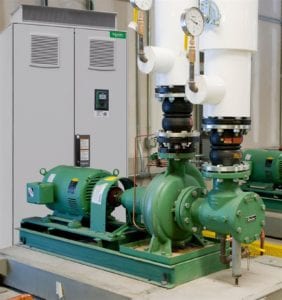The mining and minerals industry is constantly fascinated by innovation, and it is proverbial that everyone wants to be a “fast follower” rather than to be on the “bleeding edge.” Yet, as one mining CEO keenly observed, “If everyone is a fast follower, then who is leading?”
There is vast literature on the topic. As proof, here are just some of the papers recently published by a few of the larger mining advisors:
- Deloitte’s Mining Innovation in Australia 2016
- McKinsey’s Digital Innovation and Mining Productivity
- PWC’s Future of Mining
Given the common understanding of innovation arising from small, agile start-ups, it seems a little absurd to think of large, conservative, capital intensive industries being advised on innovation by huge, conservative, professional service firms.
As my sage old boss Dr. Tony Filmer observed, the characteristics of the mining industry do tend toward favouring incremental gains rather than “transformational” efforts. Quoting from Tony: “Modest spending on R&D is a de facto recognition that minimising process variation is usually a ‘better bet’ than re-inventing the process.”
I just recently returned from a couple of weeks in Europe where I had the opportunity to look at some of the beliefs, trends and practices around innovation in both small start-ups and large corporations. Some of my notes from the trip include:
- Failure is permitted
- Experiment & fail fast
- Experiment & pre-prototype
- Embrace situational leadership
- Constantly seek customer feedback
- Open source innovation
- DevOps “movement”
- Clean desks, hot desking, lots of different meeting spaces and everyone takes a turn as “House Manager”
- Corporate “innovation garages”
- Mobility, cloud, block chain, predictive analytics, monetizing data, Internet of Things
Some of these are in use in mining companies while some definitely are not! For example, in the past we had some serious discussions on the lack of proactive customer feedback and, again due to the commodity nature of the industry, it seems that questions like, “What grade is really required?” are difficult to answer.
Looking at the cycles of innovation (Experiment-Fail-Learn-Repeat) and those of continuous improvement (Plan-Do-Check-Act) we can see there are some interesting similarities and parallels.
Typically, the two cycles operate in separate organisational silos split by function: improvement vs. innovation.
But in observing the best-practices seen around innovation, these two cycles can actually be merged when the continuous improvement team is not afraid to “try (do) and fail” and the innovation team is not afraid to “plan and check”:
Making these big organisational and cultural changes can be challenging, so practically speaking, what can you do to get started? Here is one suggestion. Embrace the Industrial Internet of Things, the Cloud, Analytics and Mobility. It sounds daunting, but it’s not, and it doesn’t even force you to be on the “bleeding edge.” Rather, it simply involves a little flexibility around improvement and innovation that could result in change that might be both incremental and transformational!
Follow the AVEVA Insight YouTube Channel.

